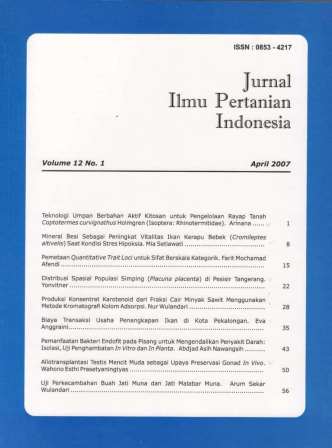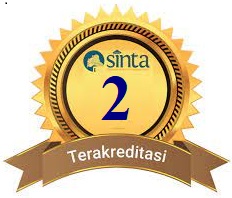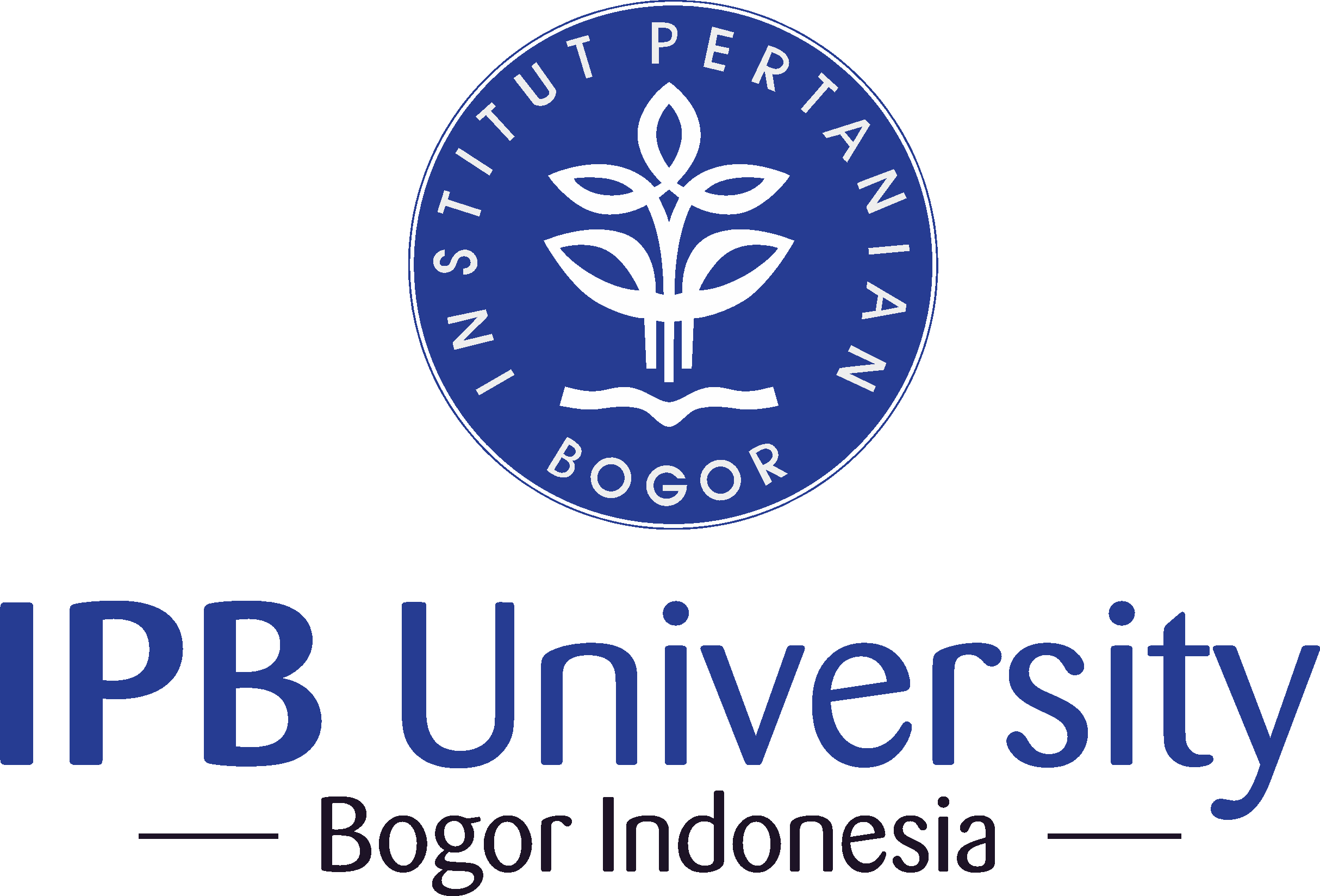Pemetaan quantitative trait loci untuk sifat berskala kategorik
Abstract
Genes or regions on chromosome underlying a quantitative trait are called quantitative trait loci (QTL). Characterizing genes controlling quantitative trait on their position in chromosome and their effect on trait is through a process called QTL mapping. In estimating the QTL position and its effect, QTL mapping utilizes the association between QTL and DNA makers. However, many important traits are obtained in categorical scale, such as resistance from certain disease. From a theoritical point of view, QTL mapping method assuming continuous trait could not be applied to categorical trait. This research was facusing on the assessment of the performance of maximum likehood (ML) and regression (REG) approach employed in QTL mapping for binary trait by means of simulation study. The simulation study to evaluate the performance of ML and REG approach was conducted by taking into accounte several factors that may affecting the performance of both approaches. The factors are (1) maker density, (2) QTL effect, (3) sample size, and (4) shape of phenotypic distribution. Form simulation study, it was obtained that the two approaches showing comparable performance. Hence, QTL analysis could be performed using these two approaches due to their similar performance.Downloads
This journal is published under the terms of the Creative Commons Attribution-NonCommercial 4.0 International License. Authors who publish with this journal agree to the following terms: Authors retain copyright and grant the journal right of first publication with the work simultaneously licensed under a Creative Commons Attribution-NonCommercial 4.0 International License. Attribution — You must give appropriate credit, provide a link to the license, and indicate if changes were made. You may do so in any reasonable manner, but not in any way that suggests the licensor endorses you or your use. NonCommercial — You may not use the material for commercial purposes.


















